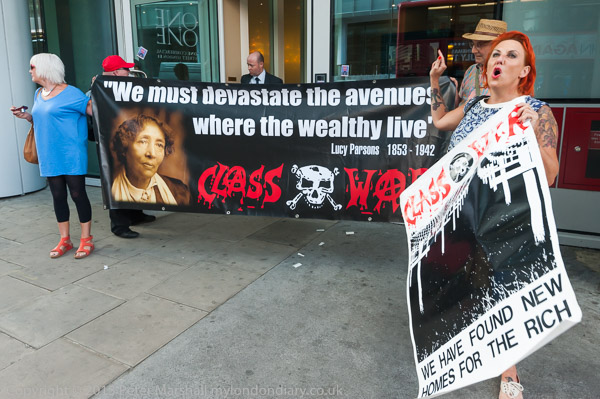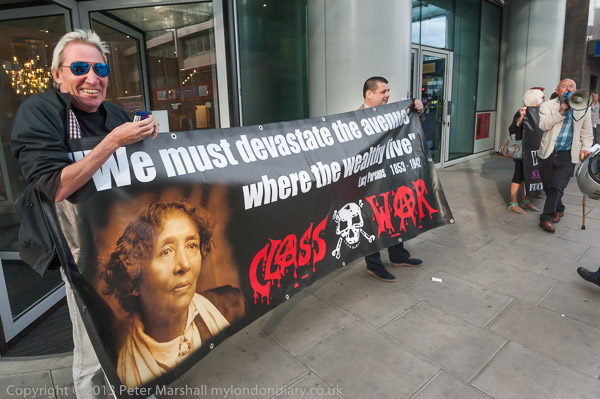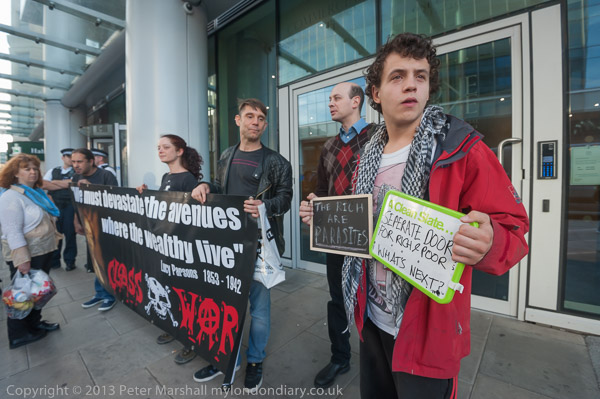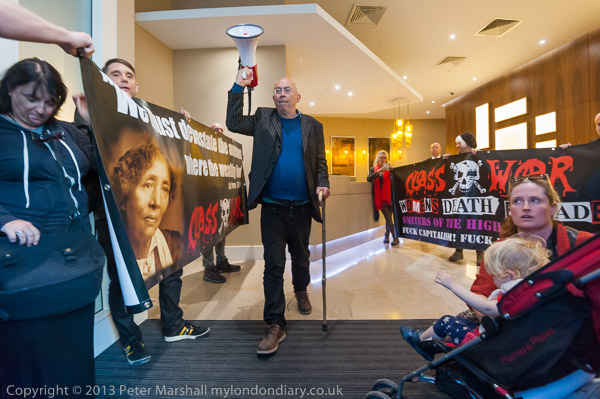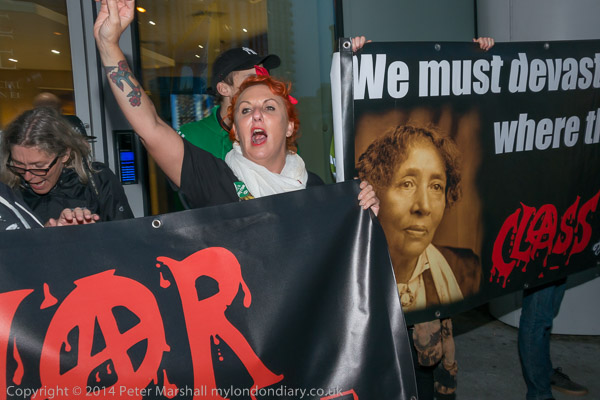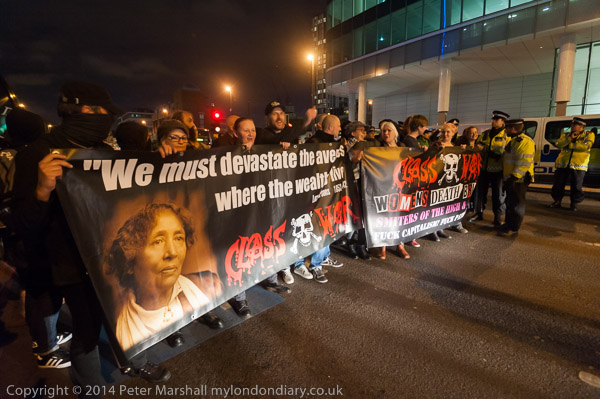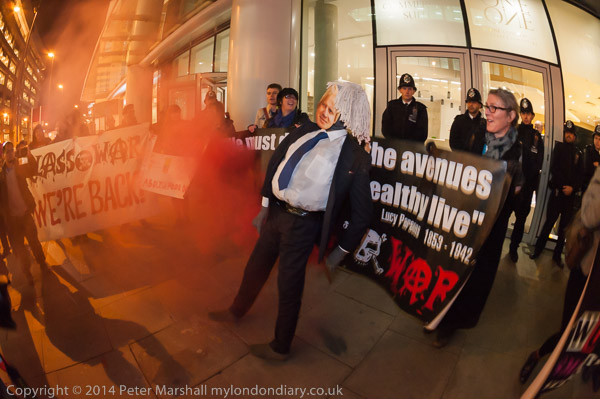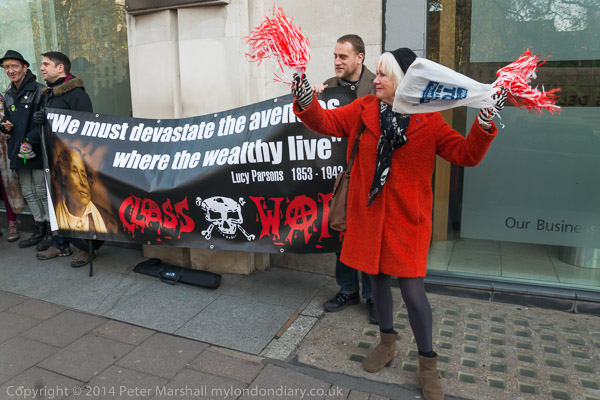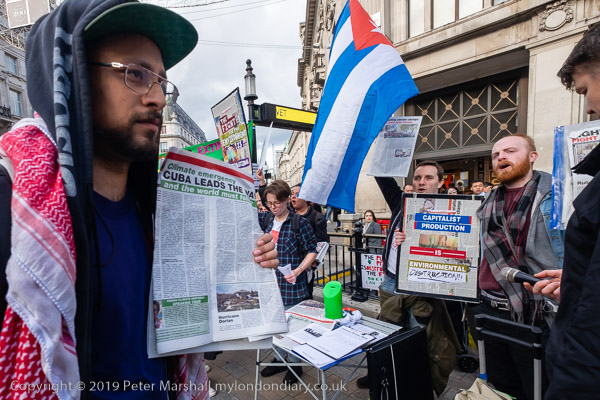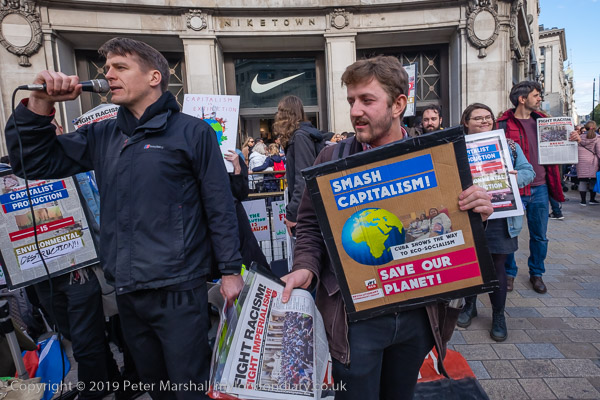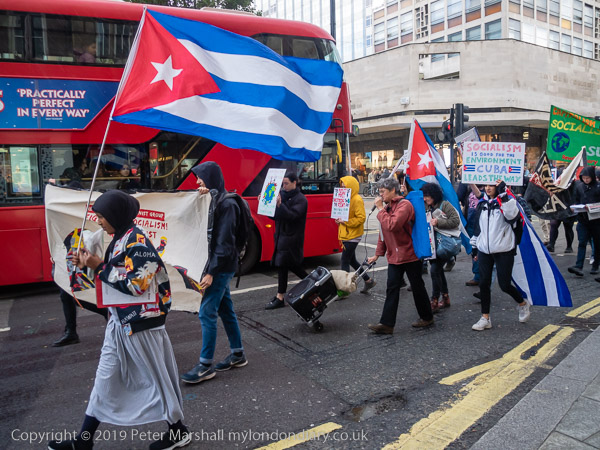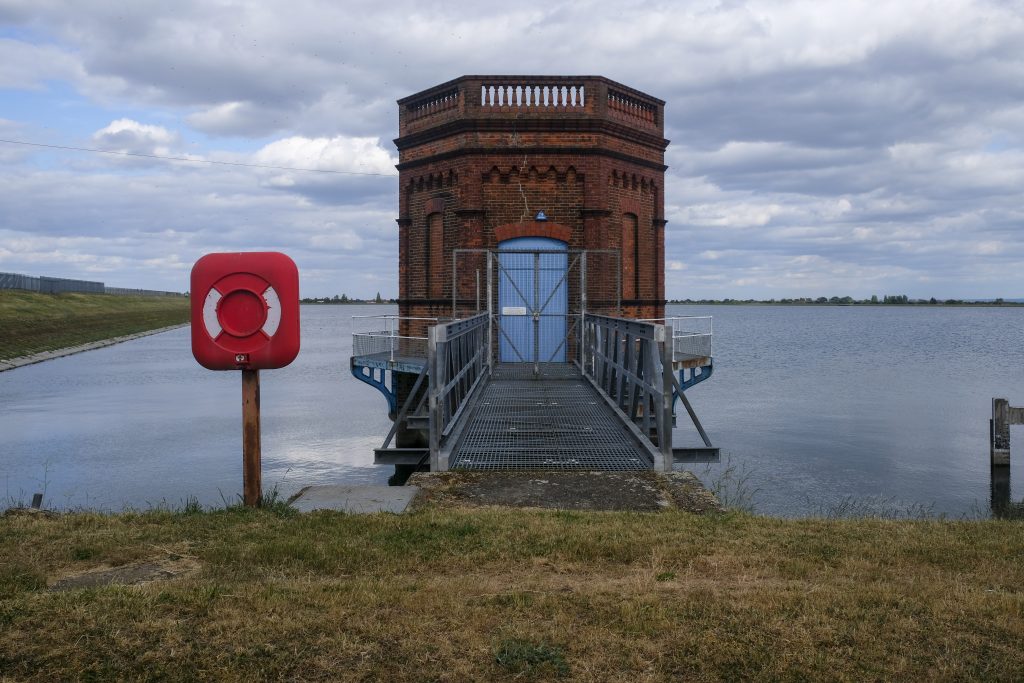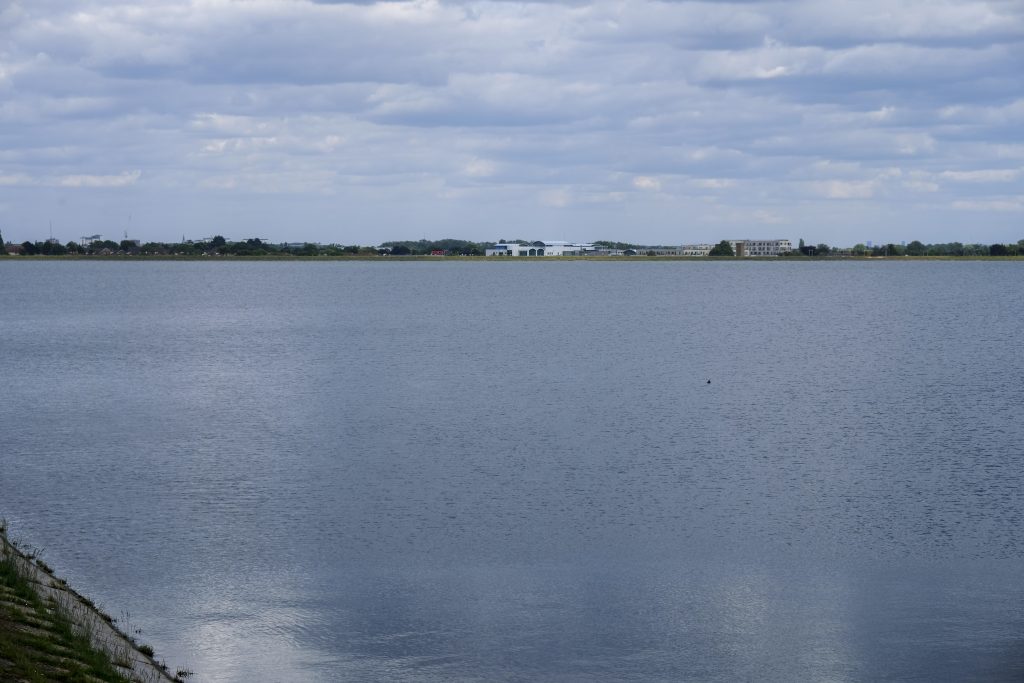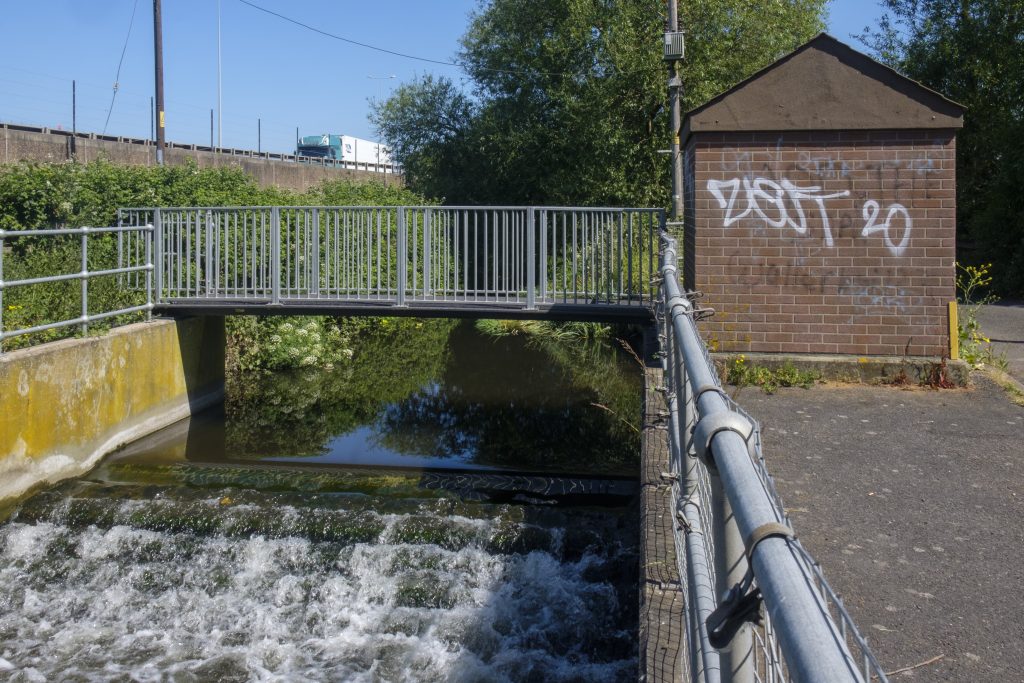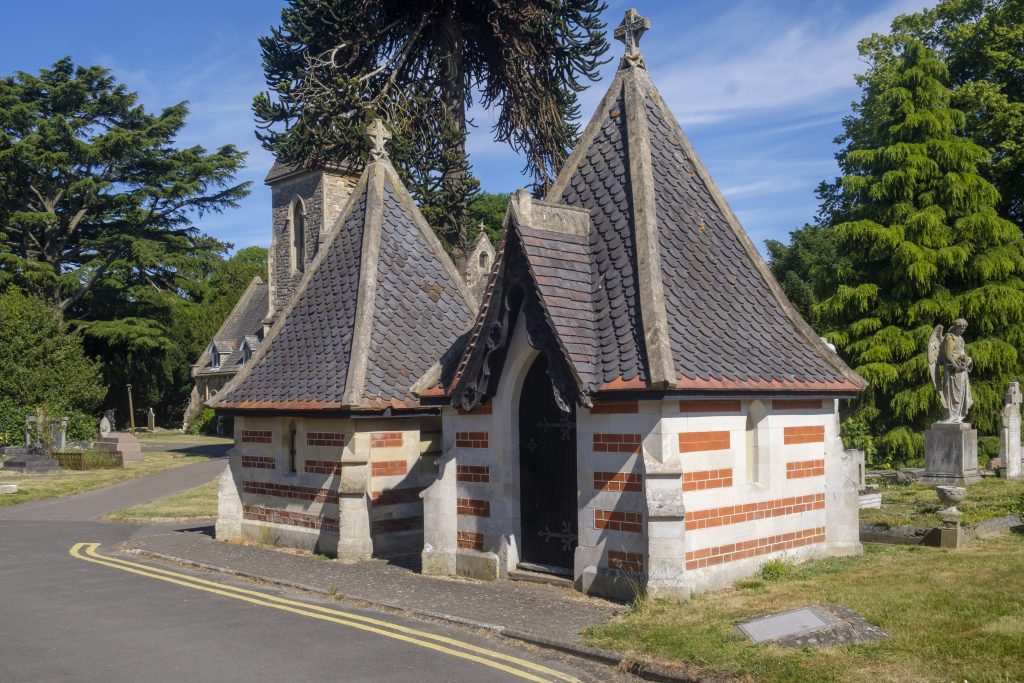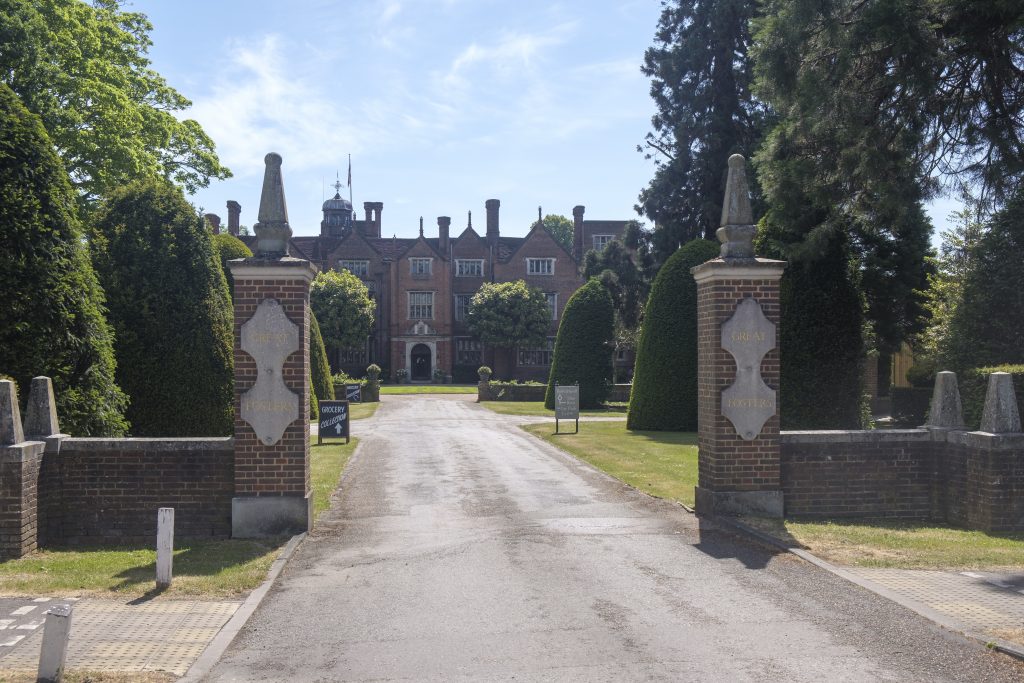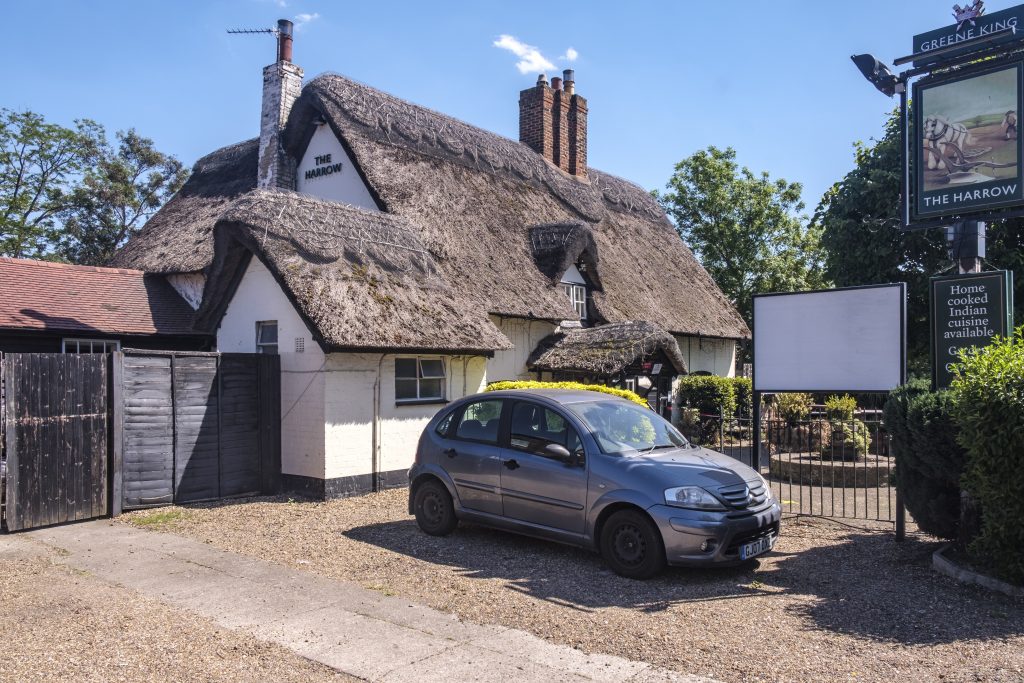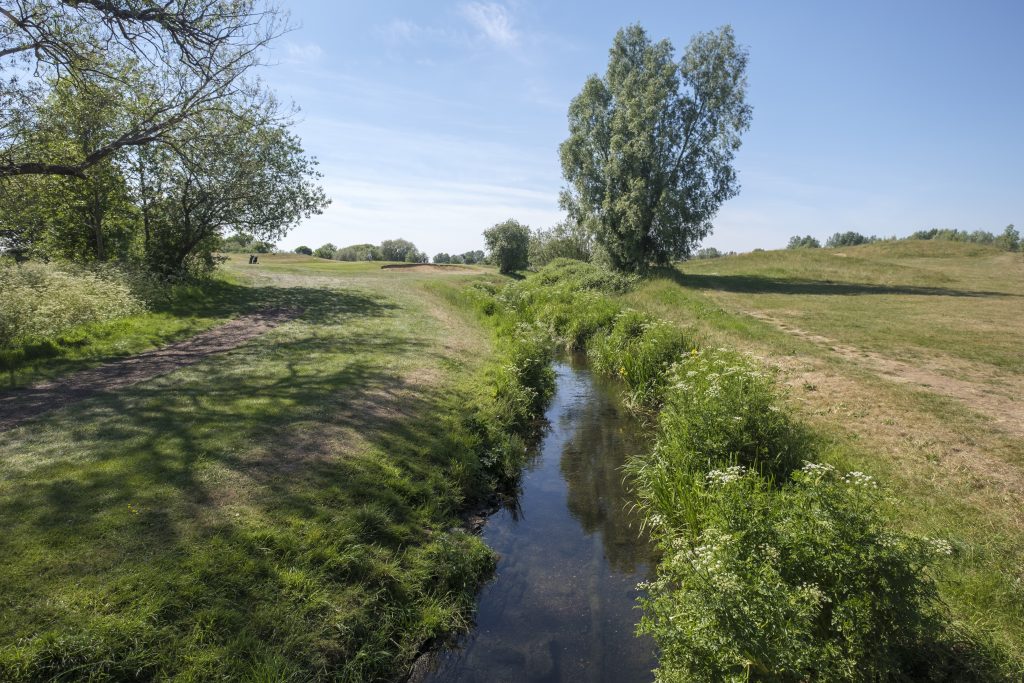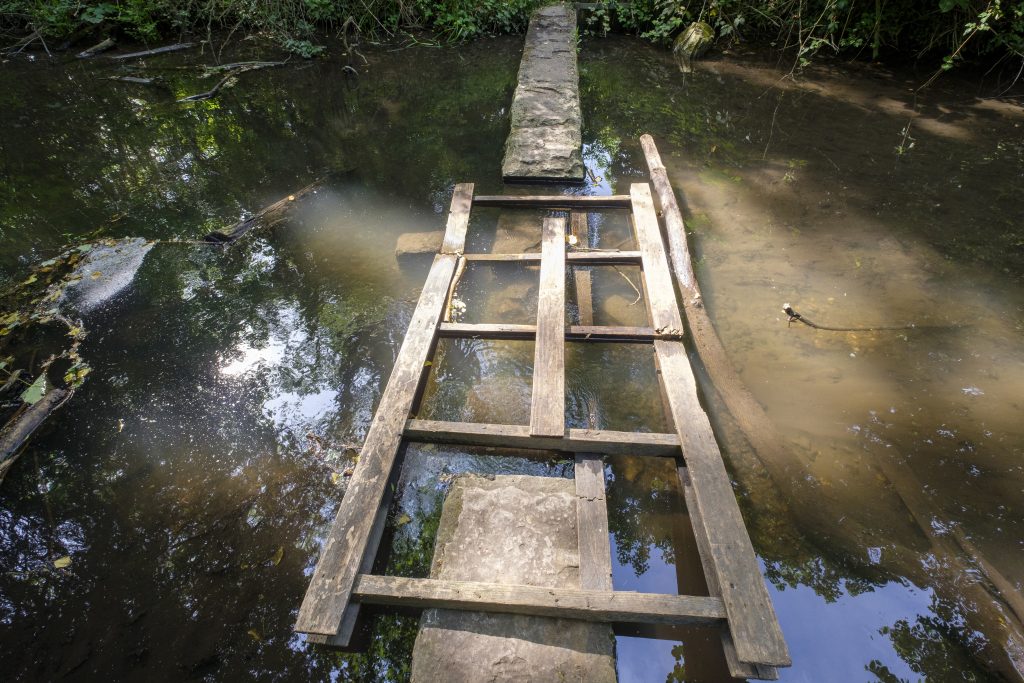Back in 1986 I began a serious attempt to photograph London. Serious but not entirely credible I set out the photograph the whole of the city. Of course I never thought I could photograph everything, but set out a number of principles or themes that would govern my project, or rather a series of projects that I continued to work on for the next ten or 15 years.
The larger part of this work was in black and white, and concentrated on buildings and streets, the physical infrastructure of London, with the goal of photographing every built structure I thought significant, as well as representatives of the typical across the city. You can see a little of this on Flickr in the album 1986 London Photographs, which contains over 1300 photographs, perhaps a third of those I took in the first six or seven months of the project.
In colour I was largely concerned with a more intimate level, or how individuals arranged their surroundings and how this reflected their differing social and cultural values. Some of the more obvious reflections of this came in small businesses with the face they displayed toward the public, particularly in shop windows and interiors, which feature strongly in this work.
The previous year I had abandoned colour transparency and moved to working with colour negative film which provided much greater flexibility. For some years this was entirely trade-processed, and to cut costs (I had a young family to support) I used cheap processing companies aimed for the amateur market. Technically these were rather variable (even from the same company) and the prints I received back, usually 6×4″ ‘enprints’, were extremely variable in quality.
As the stack of fat envelopes containing the negative strips and prints grew I wondered how to make some order of them, and came up with the idea of a traverse of the city with pictures filed together representing a number of ‘vertical’ north-south 1km wide strips of London based around the National Grid.
Prints from negatives that interested me were then filed in a series of A4 files, labelled with the first 4 digits of the six figure grid reference which I had begun to mark on the prints. The pictures in this post are all from ‘TQ30’, and the 1km wide strip starts at Streatham and goes north from there. I started scrap book style, pasting the prints onto cartridge paper, but soon moved to using plastic file pages which held four prints on each side, arranging the prints roughly in order of their ‘northings’ in kilometre squares.
From these albums – a longish row of A4 files on my shelves – I was able to select images that were worth printing larger, keeping costs down by printing and processing in my own home darkroom. I’d discovered that Fuji colour paper not only gave cleaner looking prints but enabled the kind of dodging and burning that I’d become used to in black and white without the unwelcome colour shifts of other papers. I’ve had one set of prints from a show in the mid-80s framed on the wall beside the stairs since that show. They are out of direct sun and 35 years later show little of no sign of fading.
I began putting images from this project on Flickr several months ago, and at the start tried to replicate the layout of the albums – and the vagaries of the prints in terms of colour balance, exposure, saturation etc. Having done several 1km strips like this I’ve decided it doesn’t really work to well, and although I’m still scanning the prints in their sheets of four have separated them into individual images – still roughly in the same order – for TQ30. And while some of the defects of those trade-processed prints are still evident (and occasionally rather a lot of dust on the plastic sleeves) I’ve tried to improve the colour balance etc where necessary. But they are still showing enprints enlarged on screen and this makes some problems more visible.
So far I’ve put just over 100 prints into the album TQ30, from Streatham to Westminster, with another 250 or more to follow, taking the ‘slice’ north to Hornsey. You can view them on Flickr.
All photographs on this and my other sites, unless otherwise stated, are taken by and copyright of Peter Marshall, and are available for reproduction or can be bought as prints.







